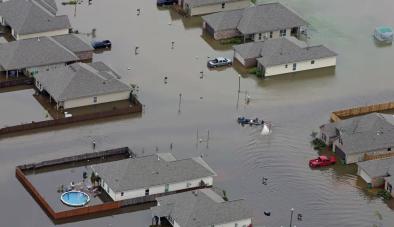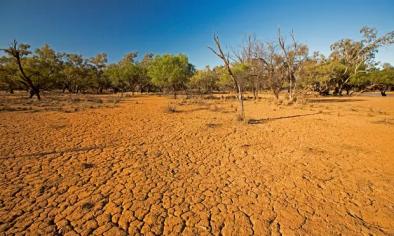Greenhouse warming and internal variability increase extreme and central Pacific El Niño frequency since 1980
Study key findings & significance
- The research identifies the causes behind two observed shifts in El Niño properties since the 1980s: (1) an increase in extreme El Niños and (2) an increase in El Niños where peak ocean warming occurs in the central equatorial Pacific Central Pacific (as opposed to in the far eastern equatorial Pacific).
- Extreme El Niño events have occurred frequently in the past 40 years, at a rate of one event per 13 years, and are characterized by their usually causing reorganizations of atmospheric convection and inducing severe climatic disruptions around the globe, such as disastrous floods and droughts across the Pacific region.
- The researchers find that the “frequency of the extreme and CP El Niño events also increased during the period 1875-1905, when the anthropogenic CO2 concentration was relatively lower, but with a positive phase of the Atlantic Multidecadal Oscillation (AMO)”.
- Overall, natural variability has contributed to around 65% of the increasingly extreme and CP El Niño events, the researchers say, “while anthropogenic forcing has made our globe experience ~1 more extreme and ~2 more CP events over the past four decades”.
- Both the anthropogenic forcing and the internal variability of the AMO are important factors to be considered in projecting the diversity of El Niño events in a changing climate.
Abstract
El Niño has been recorded to change its properties since the 1980s, characterized by more common extreme El Niño and Central Pacific (CP) El Niño events. However, it is still unclear whether such change is externally forced or part of the natural variability. Here, we find that the frequency of the extreme and CP El Niño events also increased during the period 1875–1905, when the anthropogenic CO2 concentration was relatively lower, but with a positive phase of the Atlantic Multidecadal Oscillation (AMO). Models and palaeoclimate proxies reveal that a positive AMO enhances the zonal sea surface temperature gradient in the CP, which strengthens zonal advective feedback, favoring extreme and CP El Niño development. Moreover, we estimate that internal variability contributed to ~65% of the increasingly extreme and CP El Niño events, while anthropogenic forcing has made our globe experience ~1 more extreme and ~2 more CP events over the past four decades.
Related Content




